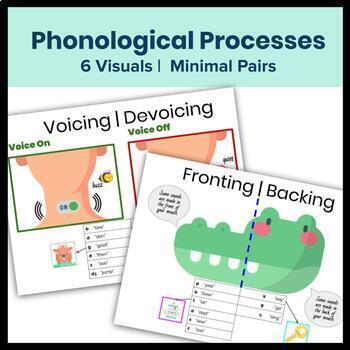
Specific speech sounds typically develop as follows:ĭuring an evaluation, speech therapists consider all of these factors, along with oral motor planning and sequencing, to create a treatment plan for each individual child if help with speech sound development is required. A common example of this would be “thoo” for “zoo.” The child is putting their tongue in the incorrect place (between their teeth), causing what we perceive as a “th” instead of a /z/. “boo” for “book”)Īrticulation errors come from producing a sound inaccurately, based on the placement of the articulators in the mouth, distorting the sound we hear.

Backing: When velar/back sounds, /k, g/ are replaced with alveolar/front sounds, /t, d/.These errors are considered “expected,” so long as they do not persist past the age of elimination. These are called Phonological Processes and are common substitutions or distortions of sounds that fade as the child gets older. These errors come from two different concepts: Speech Sounds – PhonologyĪll children make predictable errors as they are learning to talk like adults. Speech errors can be expected and age appropriate or unexpected.

At 24 months, children are 50-75% intelligible and should be approaching 100% intelligibility at age three. By 18 months, a child should be at least 25% intelligible to their family, meaning that parents understand about a quarter of what is said. It’s an exciting time when your child starts using words to communicate…but when do speech sound errors like “tar” for “car” go from cute and age appropriate, to areas of concern? Specific sounds and speech patterns develop at different times, improving how well a child is understood by their parents, peers, and caretakers.


 0 kommentar(er)
0 kommentar(er)
